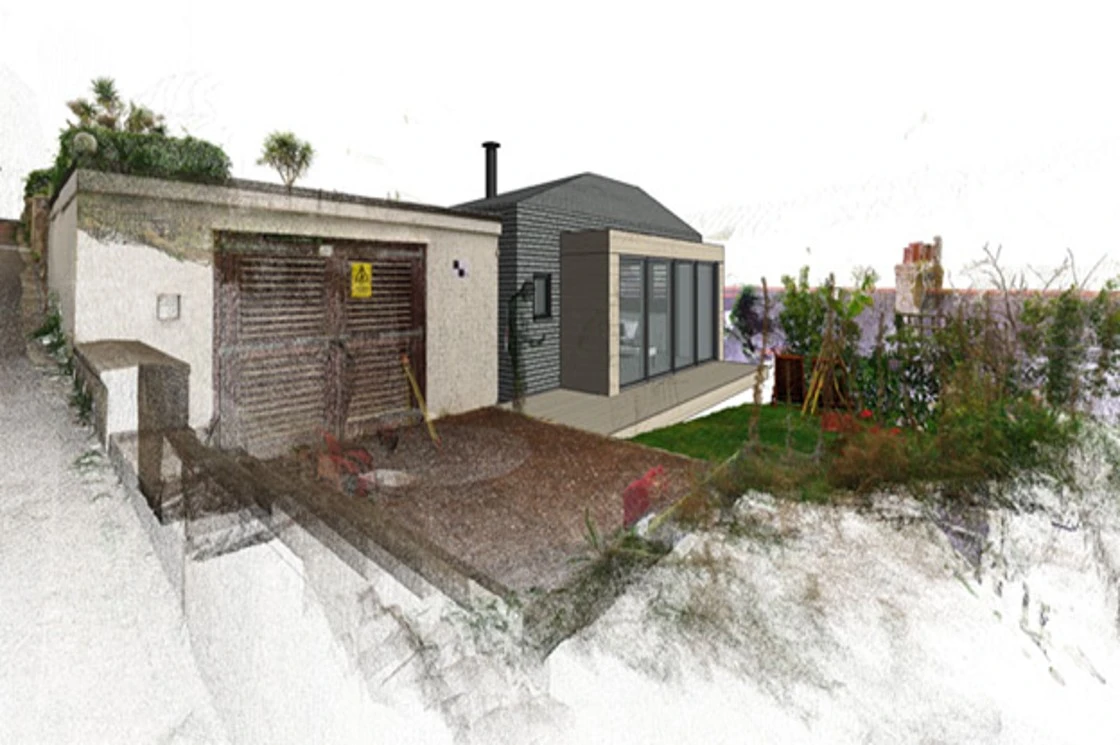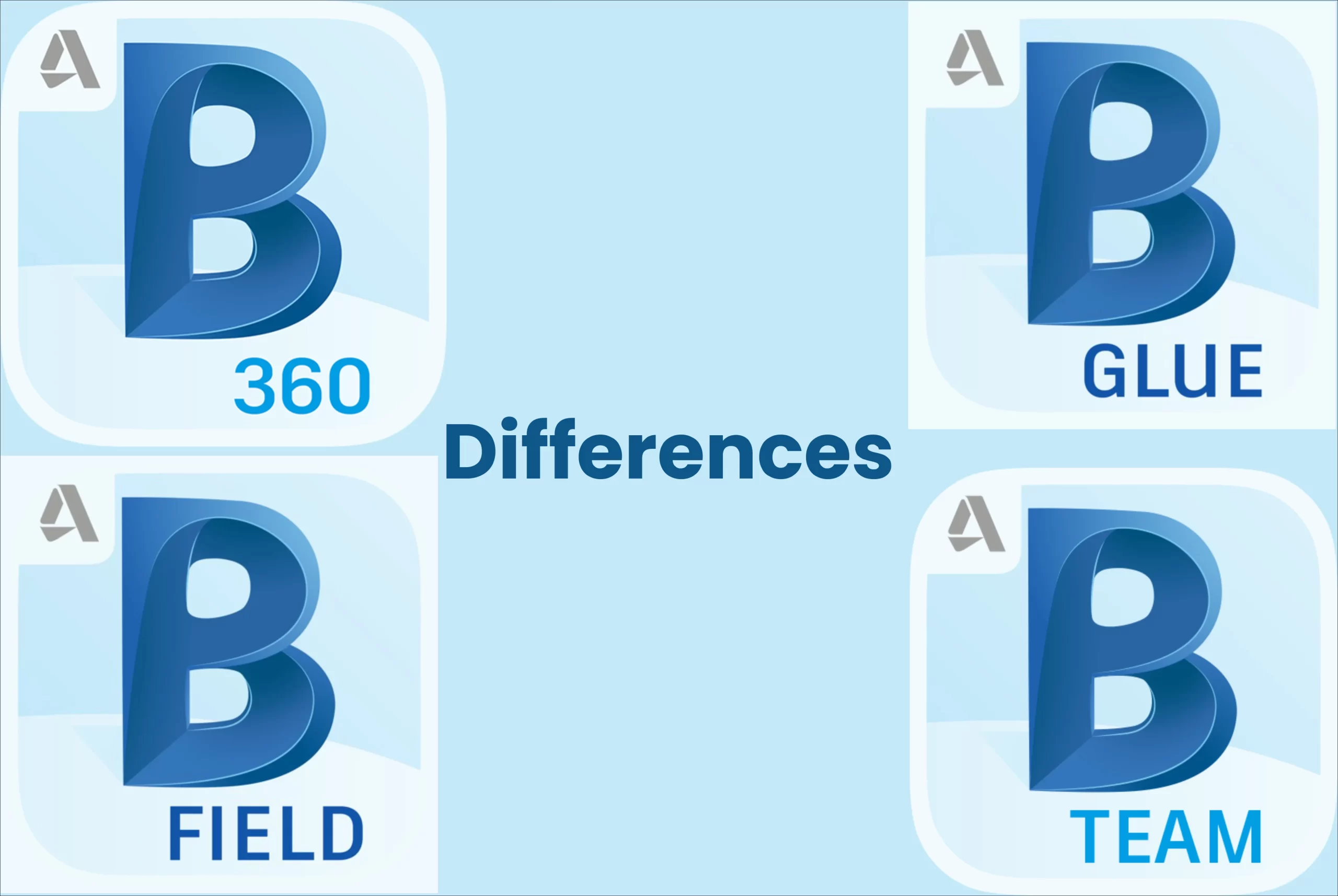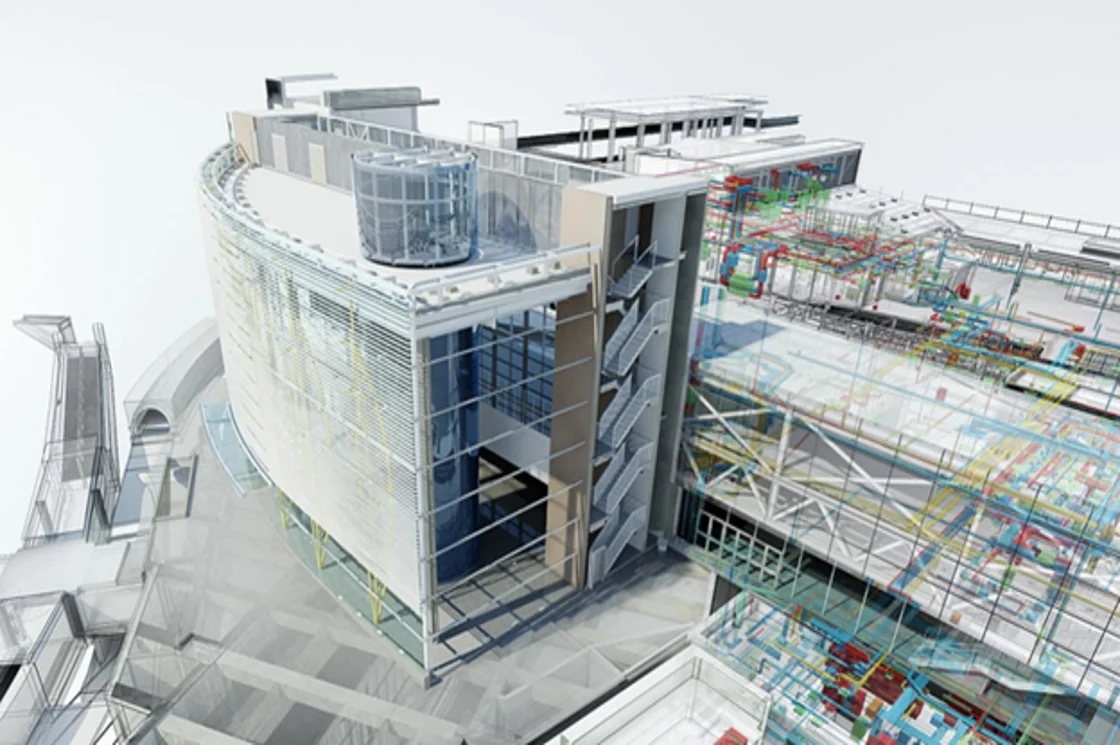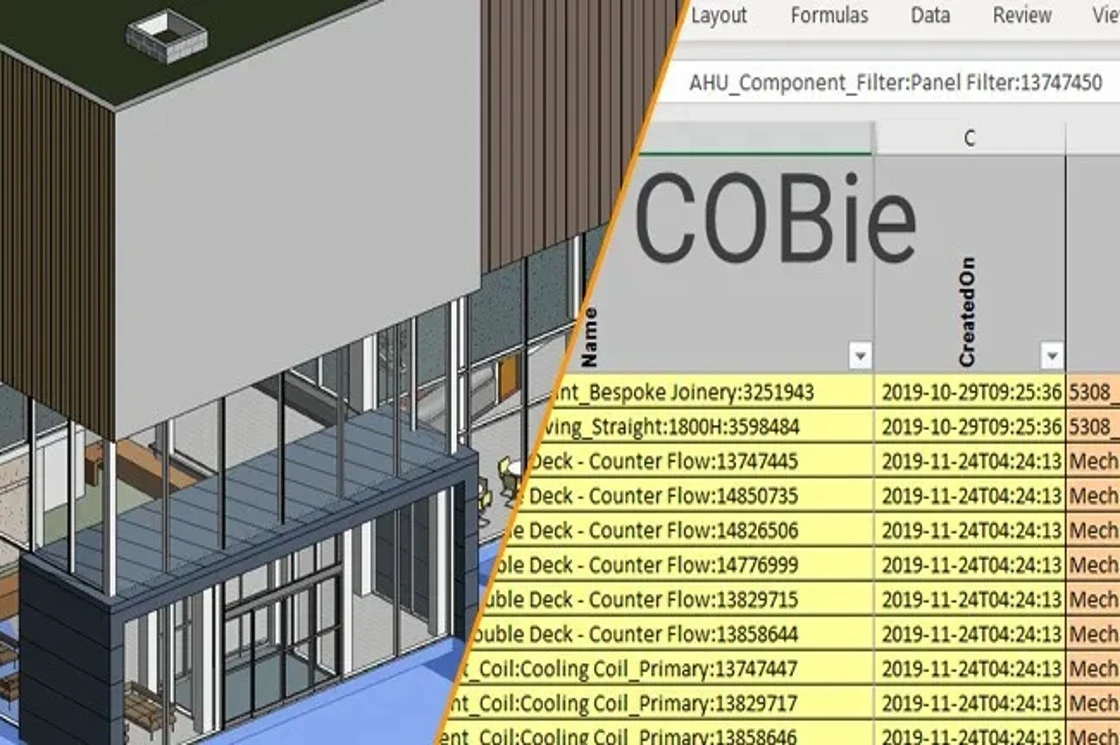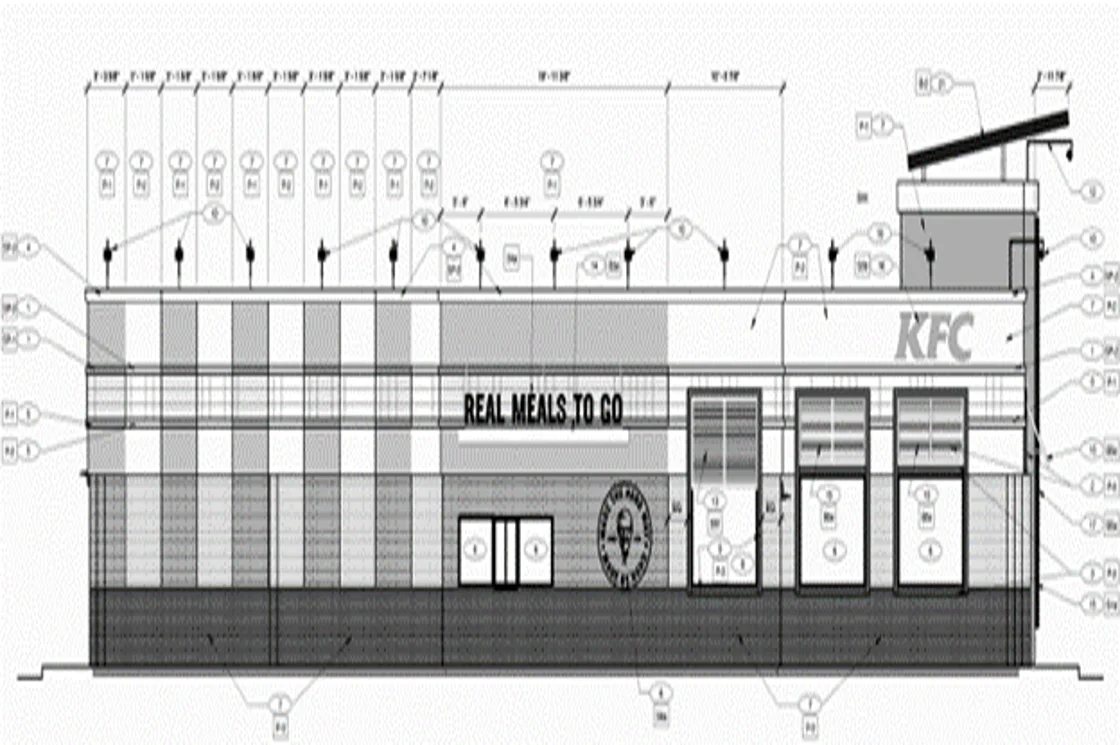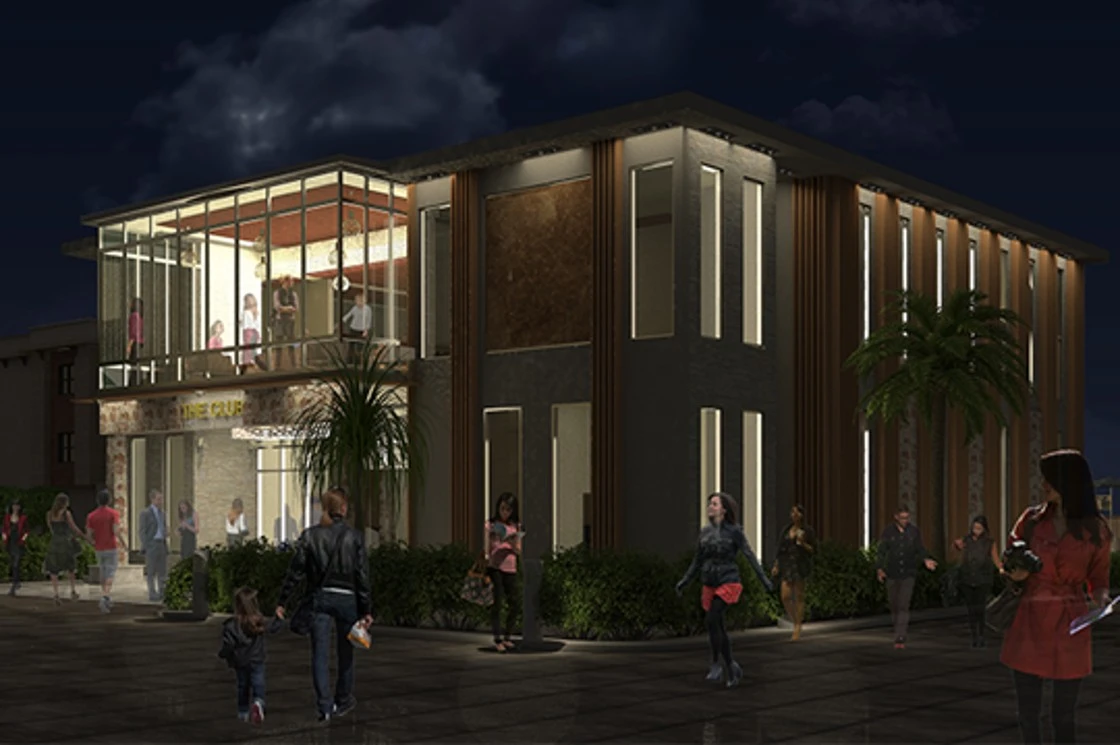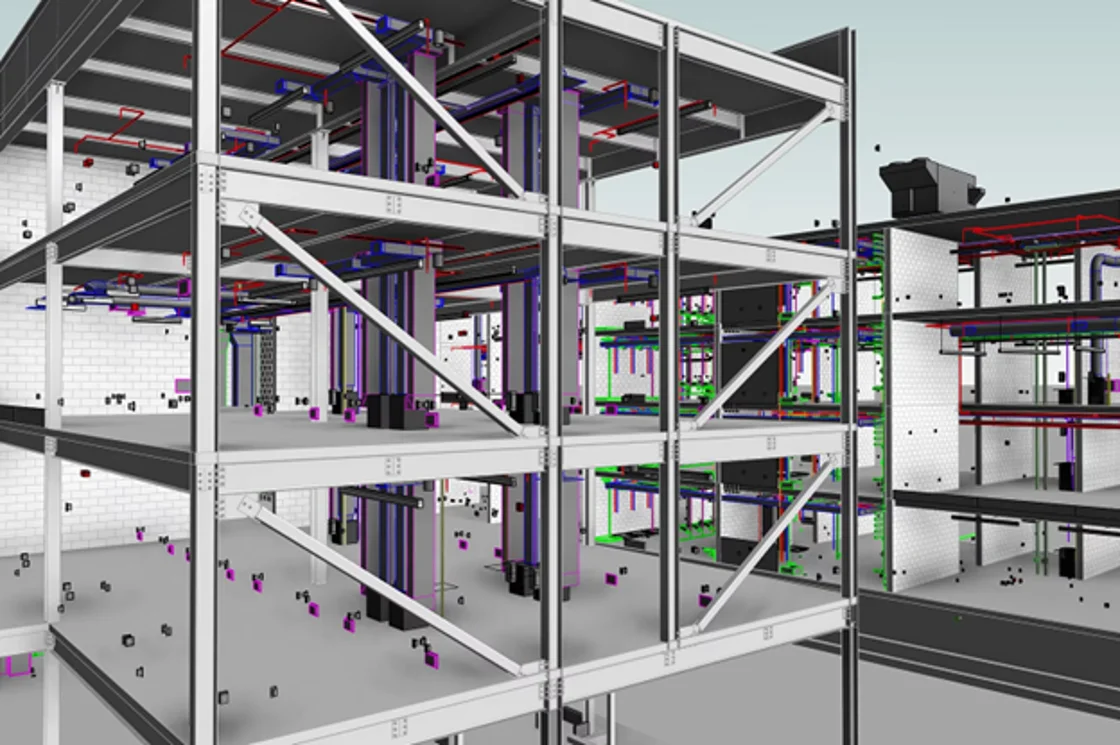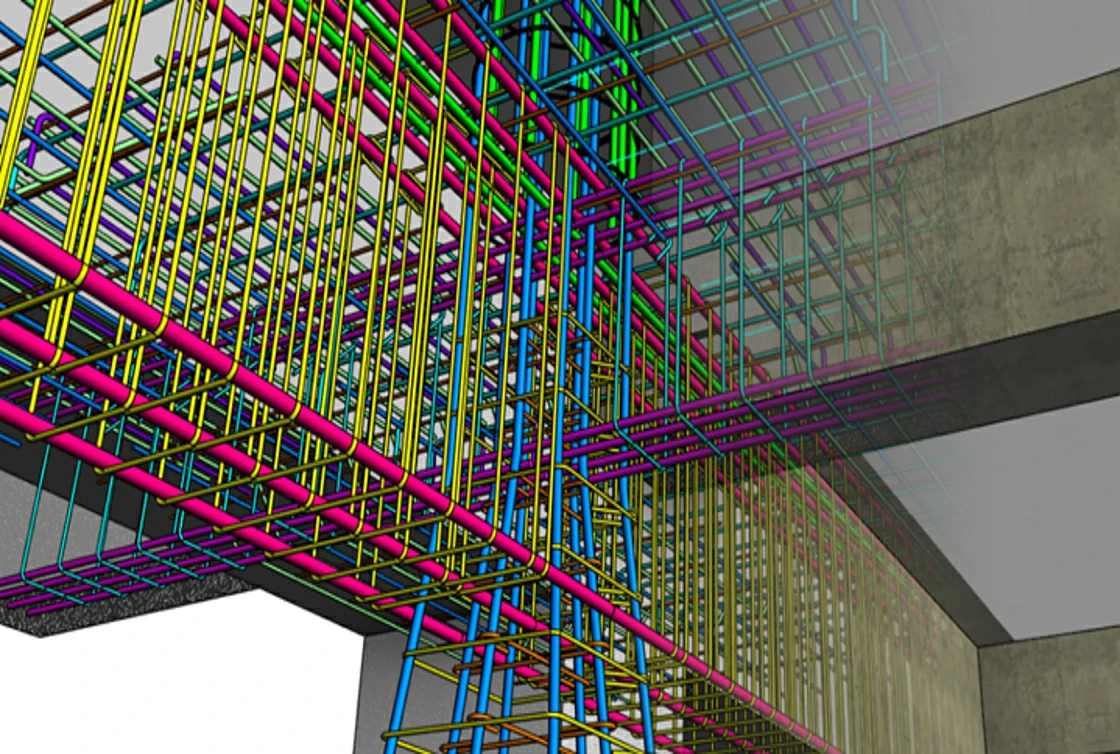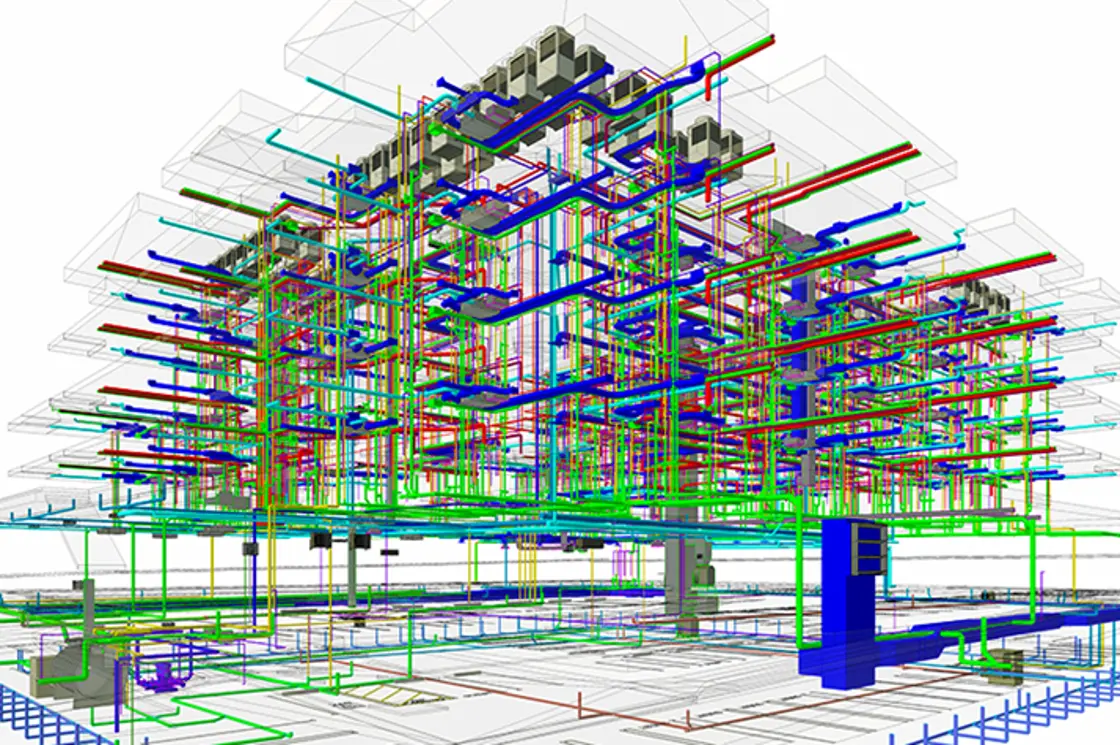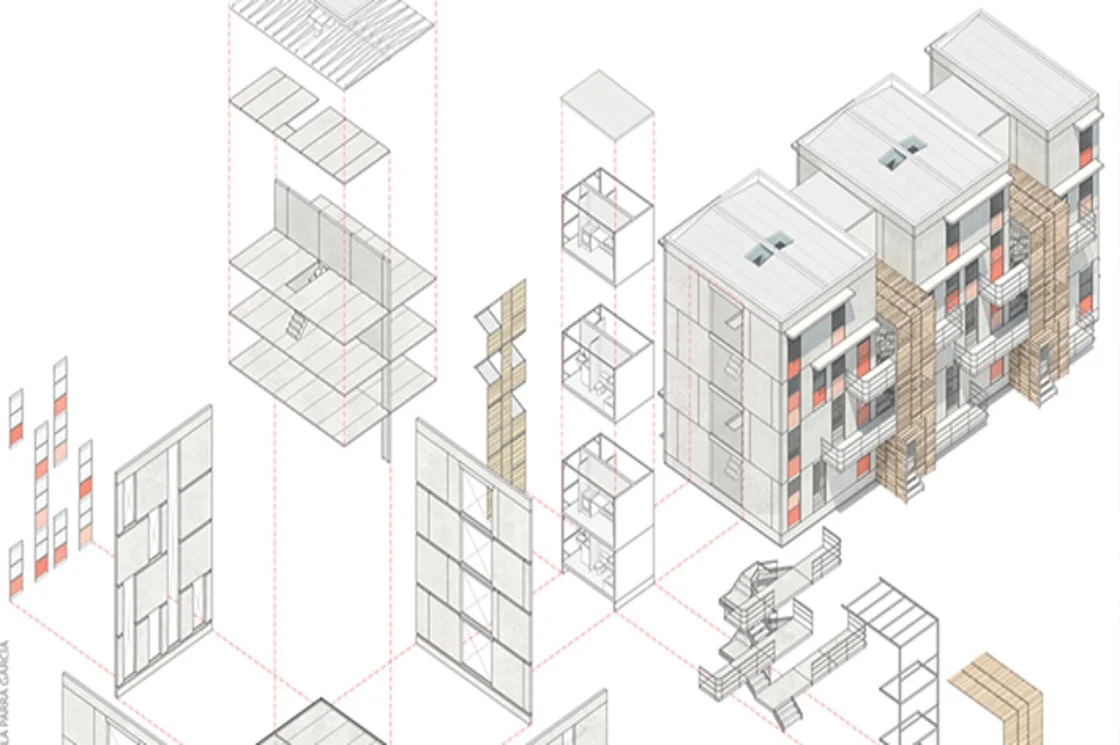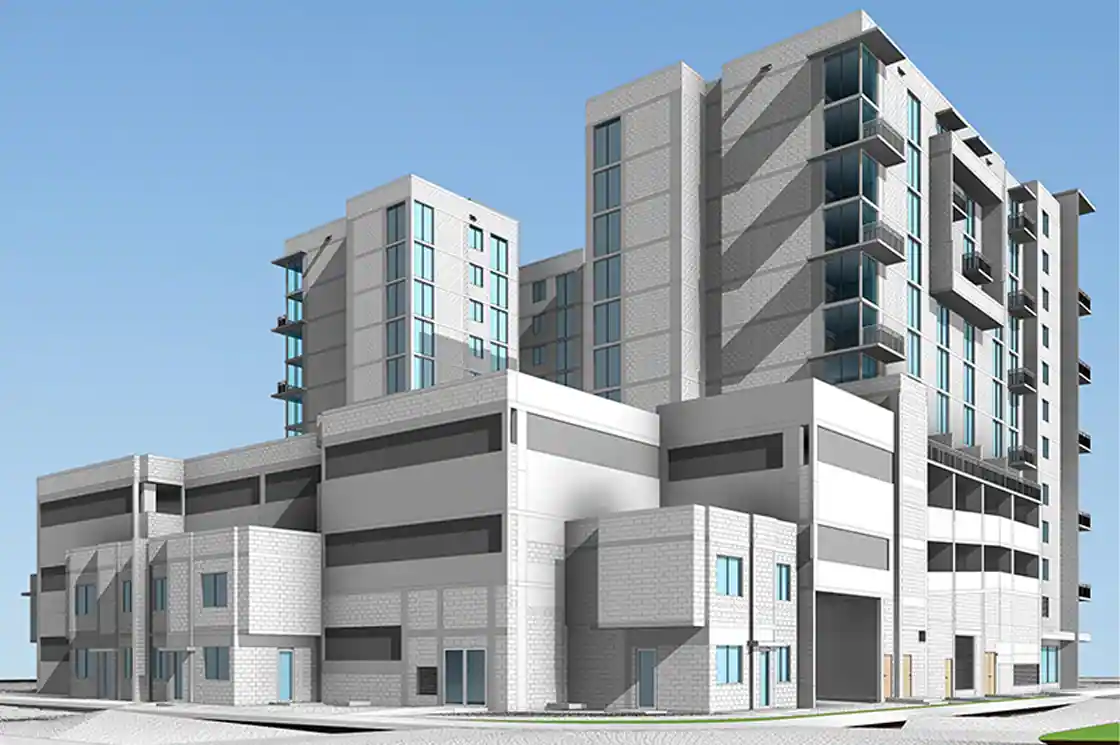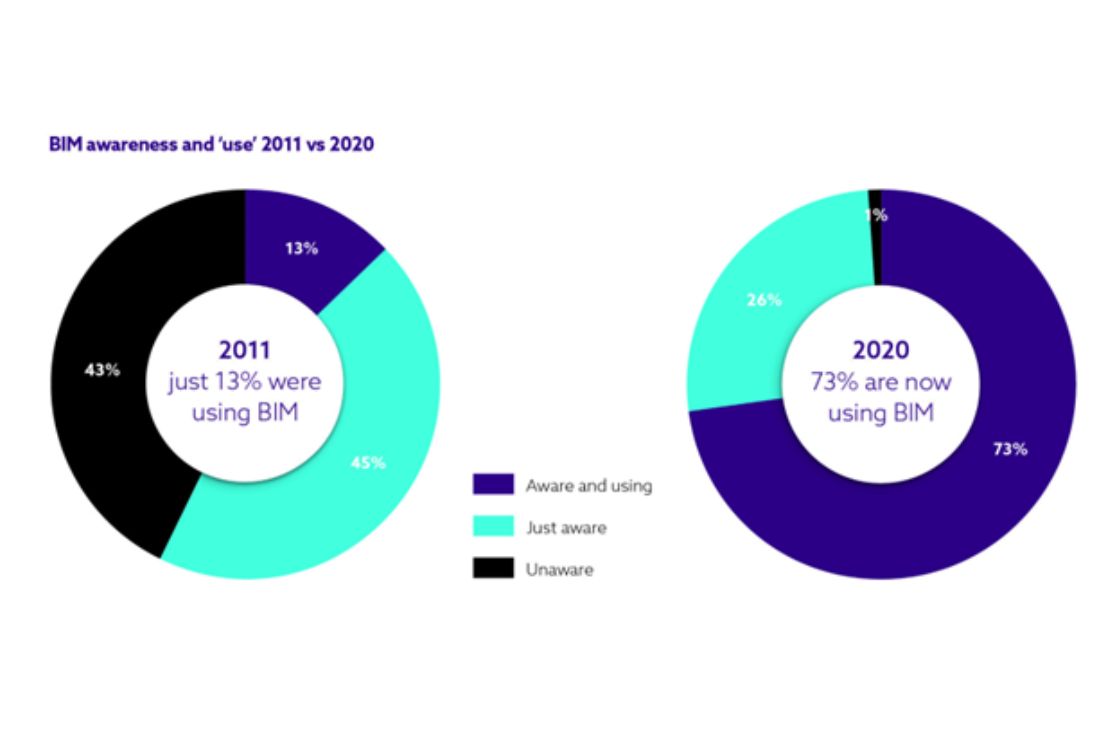Constructive Inputs | Role of a BIM Consultant in the AEC Industry
Using BIM technology, the AEC industry is working more efficiently and making profits like never before. A McKinsey study found that 75% of the firms using BIM have a positive ROI, shorter project lifecycles, and savings on paper and material.
Given the cost of adopting BIM, it is more beneficial for AEC firms to employ consultancies for BIM Services than to spend on in-house upskilling. Although many BIM service providers have come into the picture over the past decade, there remains a dearth of competent ones. Why should you switch to BIM and which are the right BIM Consultants for the job?
That’s what this article is all about.
We already have a set workflow, why do we need BIM?

After spending so much time and effort into setting up a great workflow for your firm, why would you change to BIM? Here goes.
BIM creates a digital storehouse to manage and update information efficiently to produce high-quality work at a greater speed. No matter how efficient your workflow is, managing building information efficiently is the most crucial part of the process.
Although more than 70% of firms in countries like the UK, Germany, Finland, and Singapore use BIM, it is still not universally adopted. Proper utilization of BIM requires expertise in BIM tools and workflows with an in-depth understanding of design and construction.
How BIM is different from CAD?
Many believe BIM is just an advanced version of CAD, which is inaccurate.
Operating CAD requires a knowledge of the software and its tools. However efficient use of BIM is not possible without a thorough understanding of the construction process. Knowing all the commands in Autodesk Revit will do no good until you understand, let’s say, why the steps of your staircase are at least one foot wide.
Role of a BIM Consultant
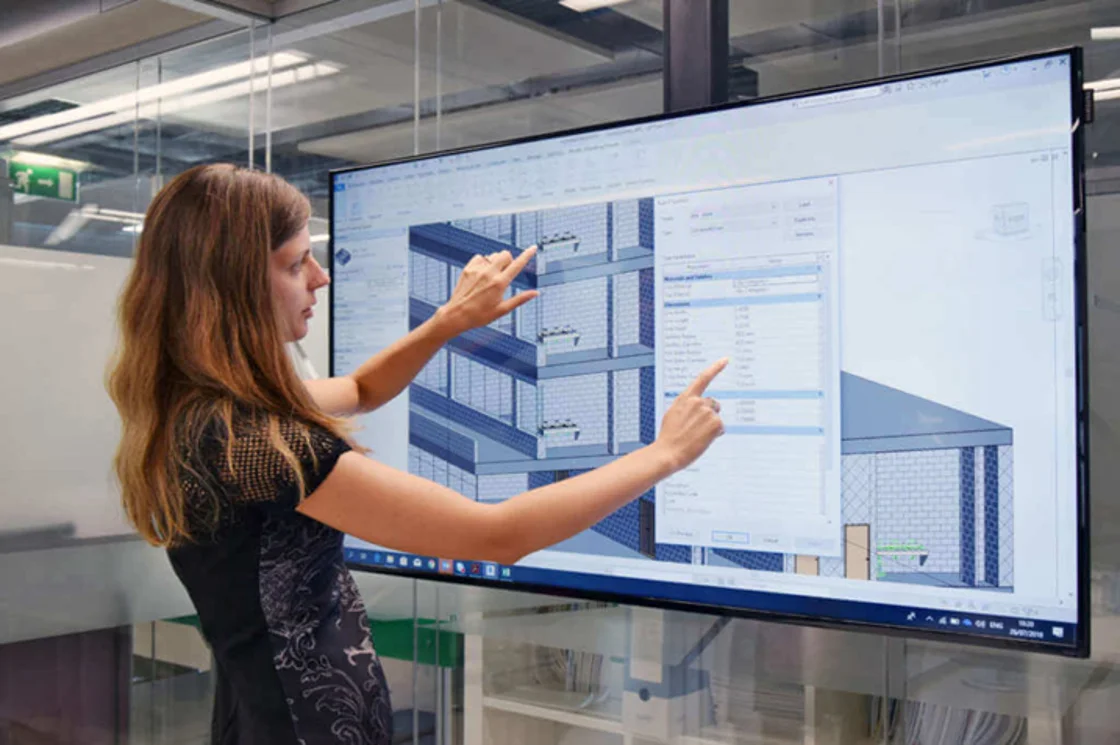
Since most of the AEC industry is still in the process of adopting BIM, there is a demand for expert professionals to streamline the transition. BIM Consultants are a group of technical professionals – designers, developers, engineers, and BIM experts – with a rigorous understanding of design and construction. They look after the day-to-day project work and overall coordination.
BIM Consultants guide the project designers and coordinate the BIM process. The scope of their work ranges with the scale of the project. A BIM Consultant creates target-based BIM strategies, action, and implementation plans. Their work also includes IT support and coding depending on the needs of the project.
They facilitate interdisciplinary coordination, ensure a streamlined process, and perform support tasks, such as
● Revit Architecture Modeling
● Revit Structure Modeling
● Revit MEP Modeling
● Clash Coordination
● Construction Documentation
● Laser to BIM/Point cloud to BIM
● 4D Construction Simulation
● COBie Implementation
● Revit Family Creation
Since BIM consultants are closely involved in the design process, it is imperative that they are well-versed in the design processes. Knowledge of design, sound communication, approach to learning, and taking ownership of the project are some of the crucial skills for a BIM Consultant.
Picking the right BIM Consultant for You
A BIM Consultant should have the requisite knowledge of the BIM-enabled software and workflows. However, the ideal BIM Consultant provides much more than technical know-how (here comes the soft skills).
The AEC industry offers different workflows and attitudes towards a construction project. By analyzing your projects and workflows, a good BIM Consultant is able to adapt and deliver services that best suit your specific needs.
The value of BIM is enhanced when perceived with a comprehensive outlook. At AEODC, we have a team of experts in BIM processes and workflows but also experienced in different design and construction processes. With a design-first mindset, we empower your organization with the latest Virtual Design and Construction Technology, ensuring quality and value creation for all stakeholders.
Common Queries
1. How do you become a BIM specialist?
Aspiring BIM Professionals should undergo institutional training including certification courses in BIM, along with a background in architecture, civil, engineering, and/or construction management.
2. What is a BIM coordinator?
A BIM coordinator manages the generation and collaboration of building models, especially over a common data environment.
3. What is BIM in construction?
BIM is a digital modeling and collaboration technology specifically developed to be used by the AEC industry for the creation, management, and analysis of design and construction projects.
4. What are the 4 stages of BIM?
Project Evaluation, Project Planning, Design Execution, Operations and Maintenance
5. What is a BIM Specialist?
An individual or firm that is compatible to handle all work related to BIM Workflow is called a BIM Specialist.
6. How many Levels of BIM are there?
BIM models are developed across the Levels of Development (LOD) 100 (Pre-design), 200 (Schematic design), 300 (Design Development), 350 (Construction Documents), 400 (Construction), and 500 (As Built).






